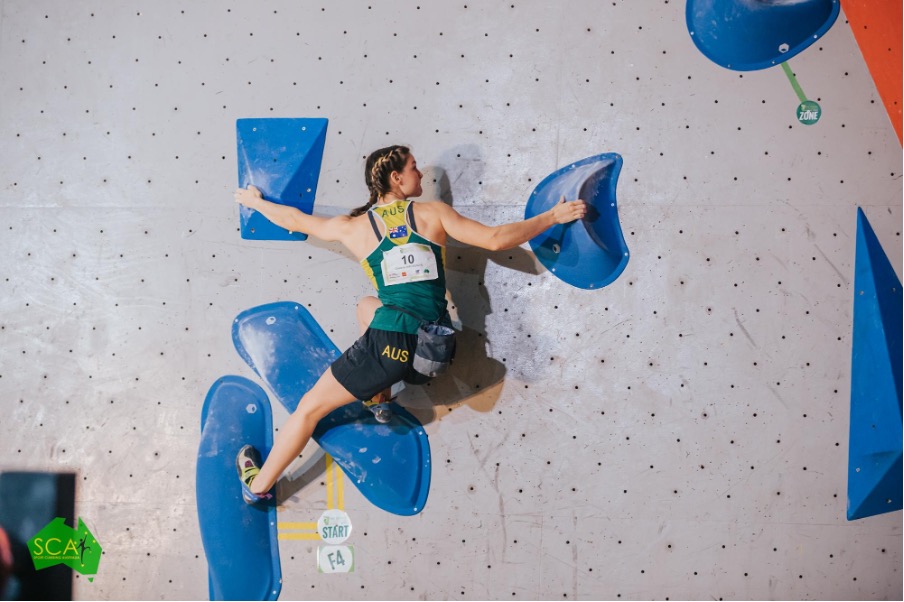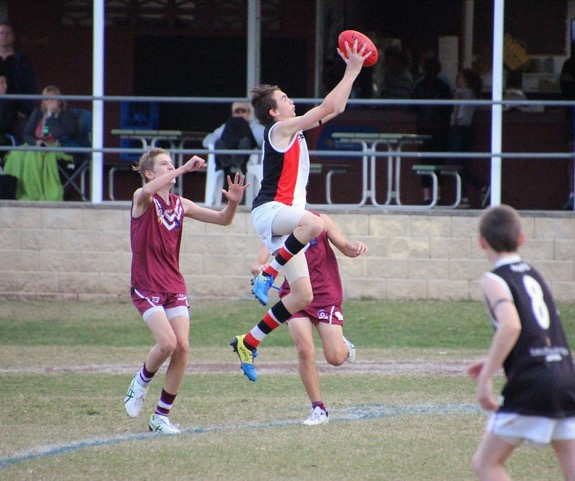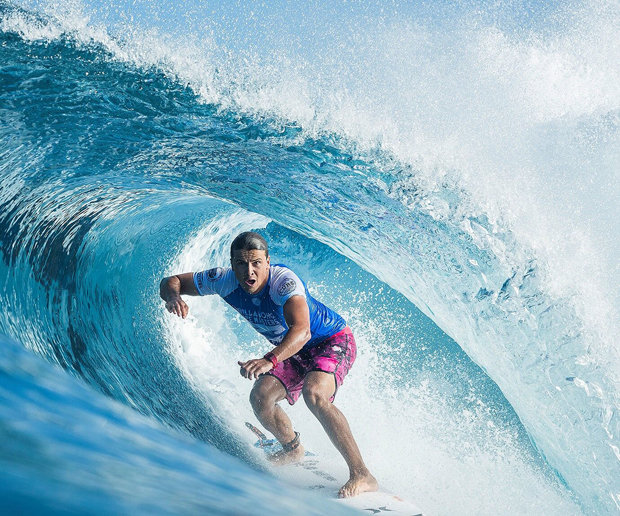A NEW KID ON THE OLYMPIC BLOCK, CLIMBING
Climbing is now an Olympic sport; featuring for the first time at the Tokyo 2020 Olympics. We can tell you, its more than just climbing a wall.
On the contrary, it is an intricate mix of agility, power and strength. In the sport, there are three recognised disciplines, which all involve a sleuth of different techniques to be successful. These disciplines are speed, bouldering, and lead.
Our team hasn’t made the finals in Tokyo but they did us proud by doing their best.
THE SPORT OF CLIMBING
What is climbing? These disciplines are speed, bouldering, and lead.
In short, the speed event pits two climbers against each other on a 15m wall. The bouldering places athletes on fixed routes of a 4.5m wall with a time limit.
Finally, lead is essentially the climbers trying to get as high as possible within a specified time.
Once at the Olympics, a climber will compete in all three events and their final ranking and medal chances depend on their combined score in all three disciplines.
Their final score, which also dictates ranking, is calculated by multiplying their ranking of the three events together, with the lowest score being awarded gold.
WATCH GUIDE TO THE EVENTS (7plus)
Speed-
Let’s set the scene, a 15m high wall, which is set an angle of 95 degrees, with two athletes waiting for a start signal.
The objective is to be as quick as possible and reach the top in the shortest span of time.
Shockingly, speed is key in this and makes for quick races, usually lasting less than 10 seconds, with the world record being 5.208 seconds.
Bouldering-
Likely the hardest of the events, needing both technique and strategy. Each climber is faced with the challenge of trying to get through as many fixed courses as they can within 4 minutes.
The rules are simple, once the last hold of a route is reached, the climb is complete. If one falls during an attempt, then he or she simply starts again.
Bouldering is where a viewer like you and I are likely to witness impressive, explosive, and athletic moves by world class athletes as they perform dynamic and mind-boggling manoeuvres through each course.
What also makes this event so exciting is that a climber is not restricted by the safety ropes, as the wall is only 4.5 metres off the ground and their fall is cushioned by a large mat, creating a scenario where we can see air dynamics and excitement at their peak.
Lead-
The most traditional of the events, where each climber is given 6 minutes to reach for the sky (not literally but you get the point). Don’t let the 15m wall fool you, the wall is riddled with both tricky and insane obstacles, requiring high full body strength and flexibility as the climbers navigate upwards of this challenging course.
Below, I’ve attached a schematic of each discipline to make it easier to get your head around the specifics of each event.

Figure 1: Climbing Disciplines Simplified (Source https://www.olympics.com.au/sports/sport-climbing/)
THE LINGO OF CLIMBING
Let’s assume you’ve booted your TV, and the climbing is on.
You are likely to be confused by the language of climbing, but fear not, as I have compiled a table of what the most commonly used terms in climbing are so you can fully understand what in the world the commentators are saying, or if the above scenario doesn’t happen, you can show off your knowledge to your friends and family.
| Term | Definition |
| Crimp | Small hold that a climber can only utilise his fingers on |
| Dyno | Abbrevation for dynamic, used when a climber jumps between holds |
| Flag | When a climber points his leg away from his body for counter-balance |
| Gaston | Two holds on the course, that are positioned in opposing ways, requiring a climber to have to pull outwards, with arms positioned similar to how a Gaston might flex his biceps |
| Slab | A wall angled slightly away from climbers |
| Smear | The action of pushing on a flat surface with your foot (not be confused with pushing off a hold) |
| Zone | A hold roughly at halfway through a boulder problem. Used to break ties, as when a zone is reached, a climber is awarded points |
MEET OUR CLIMBERS
Australia is fielding two climbers, Tom O’Halloran and Oceania Mackenzie.
Both of these Olympians qualified at the Oceania Championships in 2020 and are looking to have big performances in Tokyo.
Tom O’Halloran is not only an ex-two-time competitor on Australian Ninja Warrior, but has also climbed the Wheel of Life, a famous boulder in the rock climbing found in Hollow Cave Mountain Australia.
O’Halloran is 29 years of age and Brisbane born and stands a little over 180cm and weighs 67kg.
O’Halloran has been a part of the sport since 12 and has had a decorated climbing career.

(Source: Getty Images)
His teammate, Oceania Mackenzie, originates from the small suburb of Warrandyte, Melbourne.
Mackenzie at the age of 19 is already ranked number 1 in IFSC Oceania championships for the Combined women and has consistently placed top 50 in many world tournaments, while also being a youth champion in 2017. She is ranked 26th in the world.
Her hobbies include swimming, reading, music and most outdoor activities, with her hero being Janja Garnbret.

(Source: Getty Images)
HOW DOES STRENGTH COME INTO PLAY?
Acceleration works on many aspects of what is needed for the sport of climbing, below are a few:
Aerial Control –
Body awareness exercises leading into trampoline workouts.
Spatial awareness and aerial control are two things that high level climbers absolutely require, especially when factoring in that one mistake while in the air could be the difference between making a successful jump or not.
Lower Body Strength and Power –
Everything from basic movements such as squats and lunges to more complex exercises involving rotational movement.
A climber relies on multi-directional strength to ensure that their legs can enable them to make the required jumps and perform explosive actions and movements.
This is power that can only come from preparation and training.
Upper Body–
Strength and stability is paramount, as without-it climbers couldn’t hold on to certain ledges and crimps.
It helps with being able to grip and pull the climber towards the end of the course.
Overall, to be a climber it takes more than just technical prowess, with a required combination of both explosiveness and power coming from both the upper and lower body.
Thus, to be a top-level competitor in the sport of climbing a lot of practice is needed but more importantly a good strength coach is paramount.
Tokyo Olympics – Results 2020
Well, we didn’t rank well this year at the Olympics but that won’t hold our Australian Team down.
Hopefully, we will continue to see this sport feature in France and Brisbane in the next 2 Olympic Games.
And if it does, you can bet our Australian climbers will be a stronger feature at future competitions.
Do you have dreams of competing in the Olympics? We can help. Contact Us to reach your sporting goals!
by Stefano Di Iorio and Vicki Briggs





